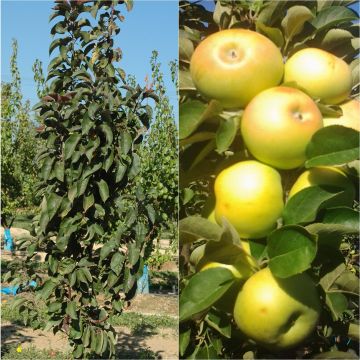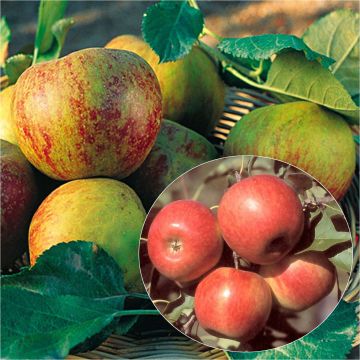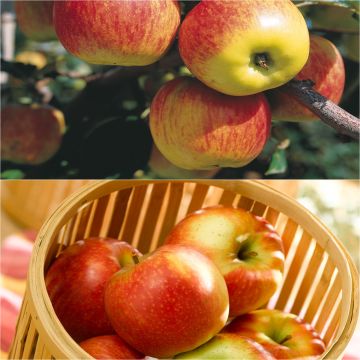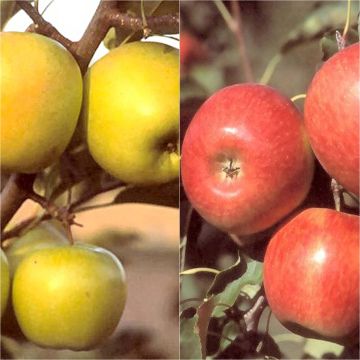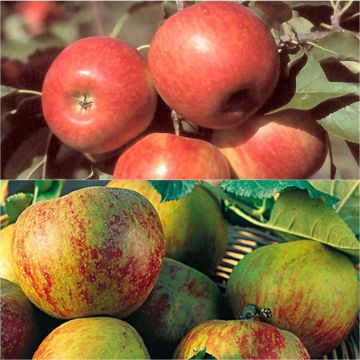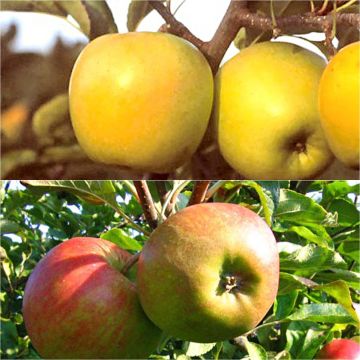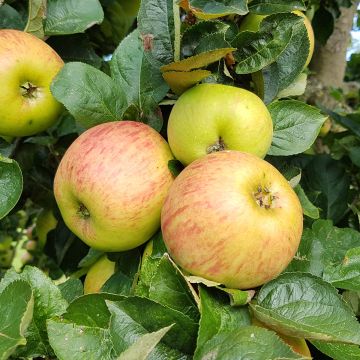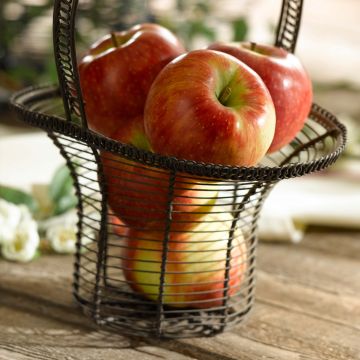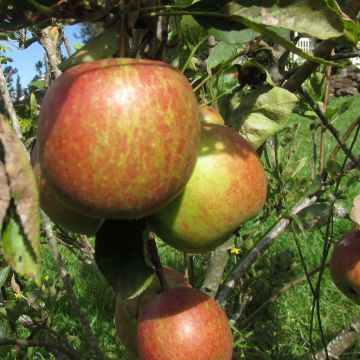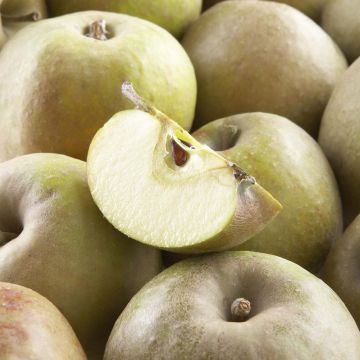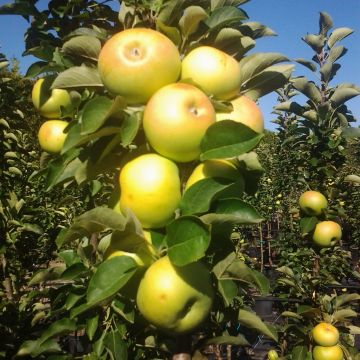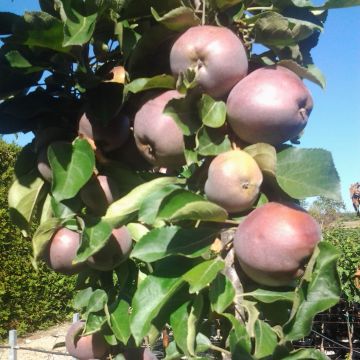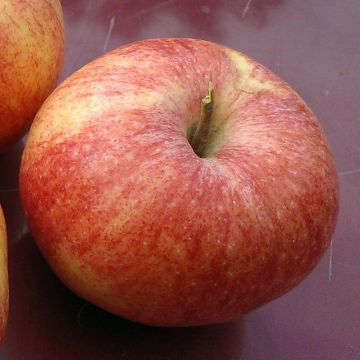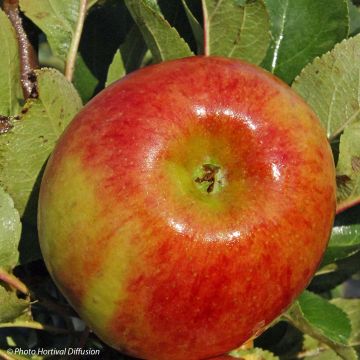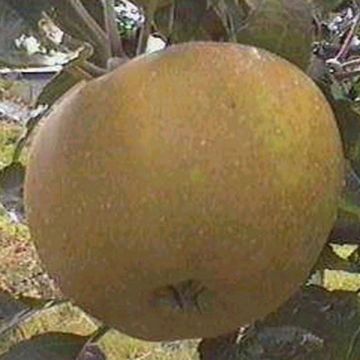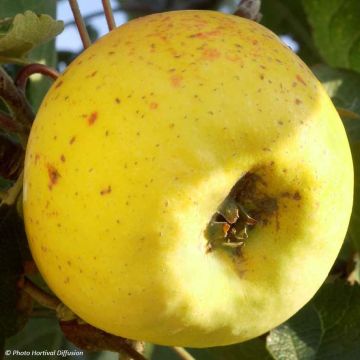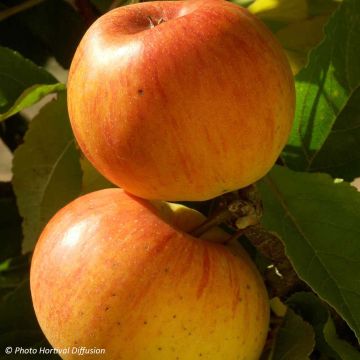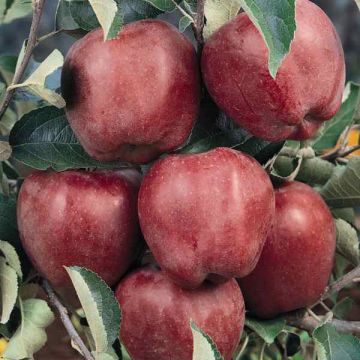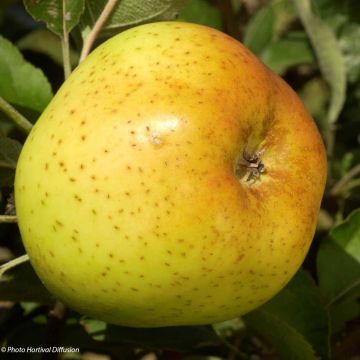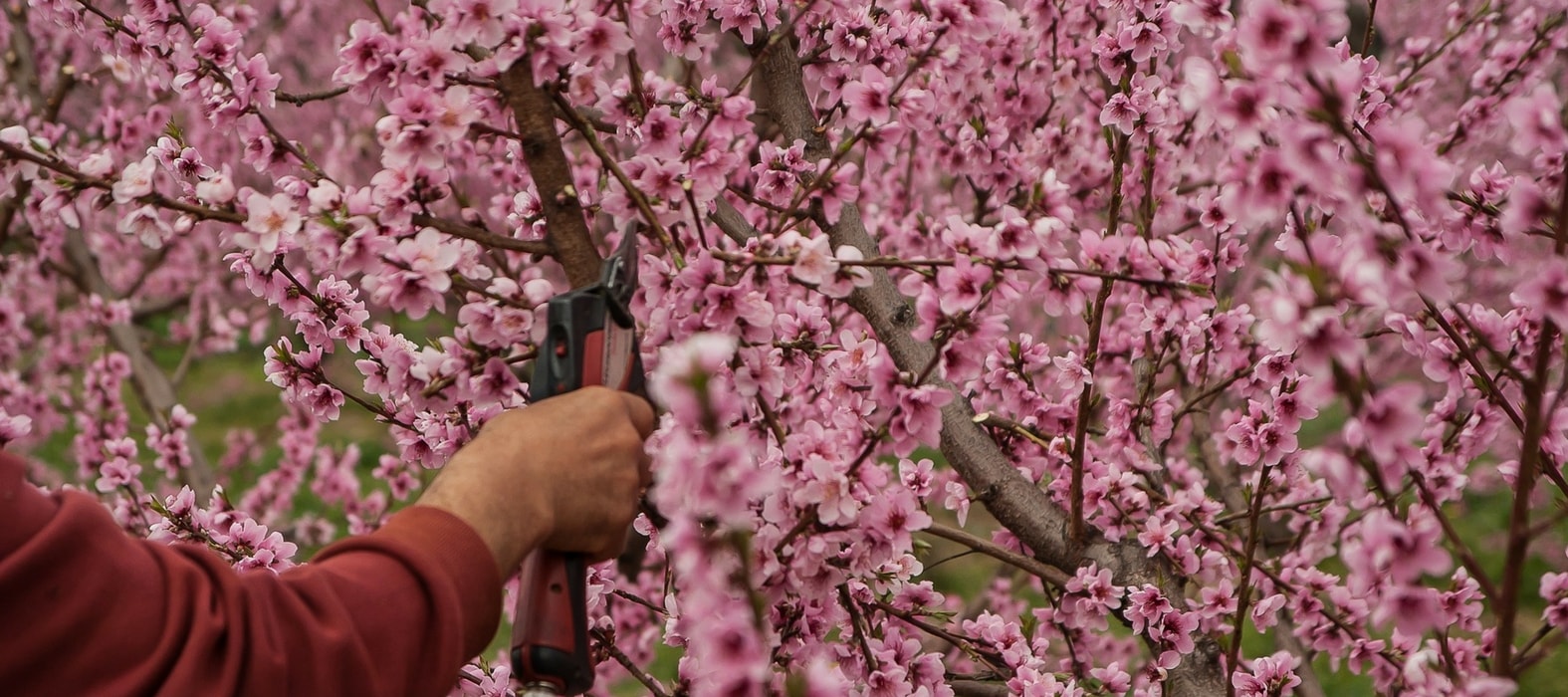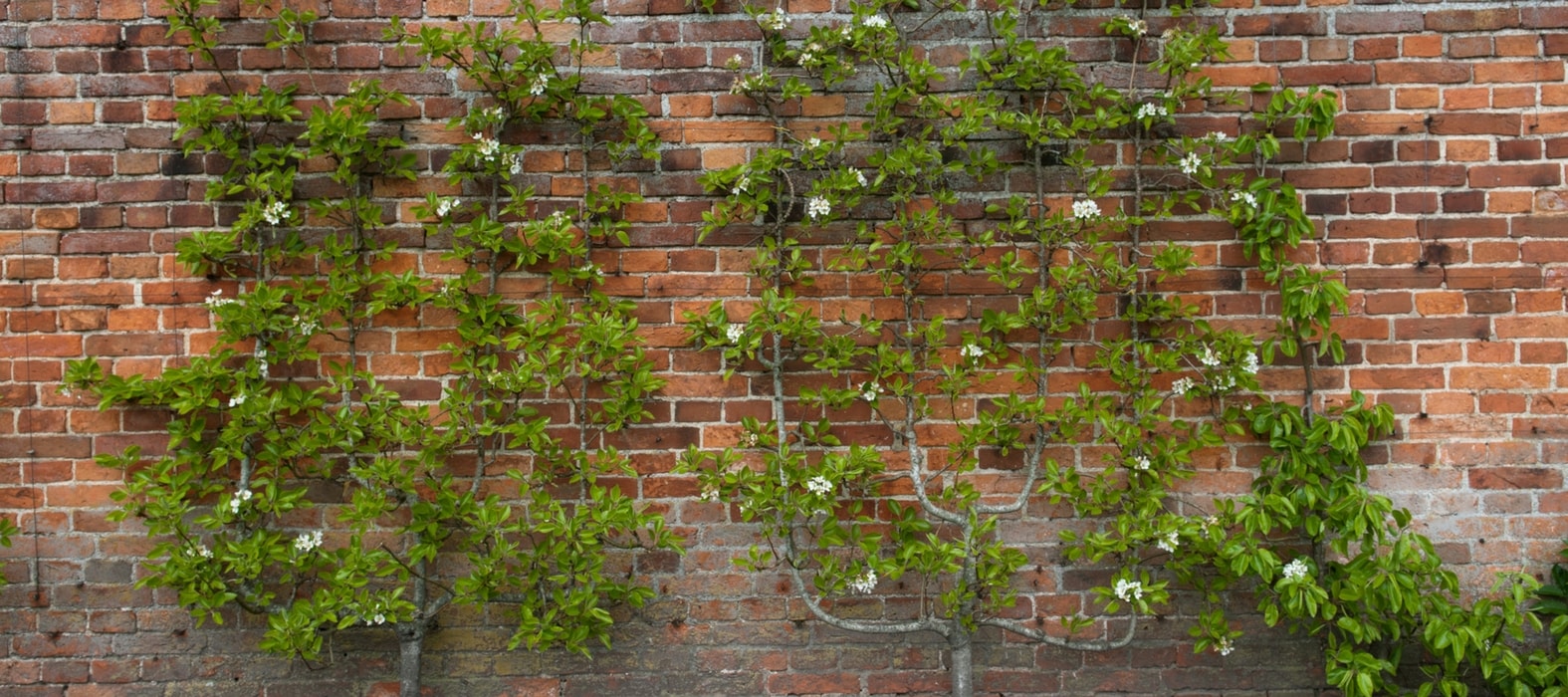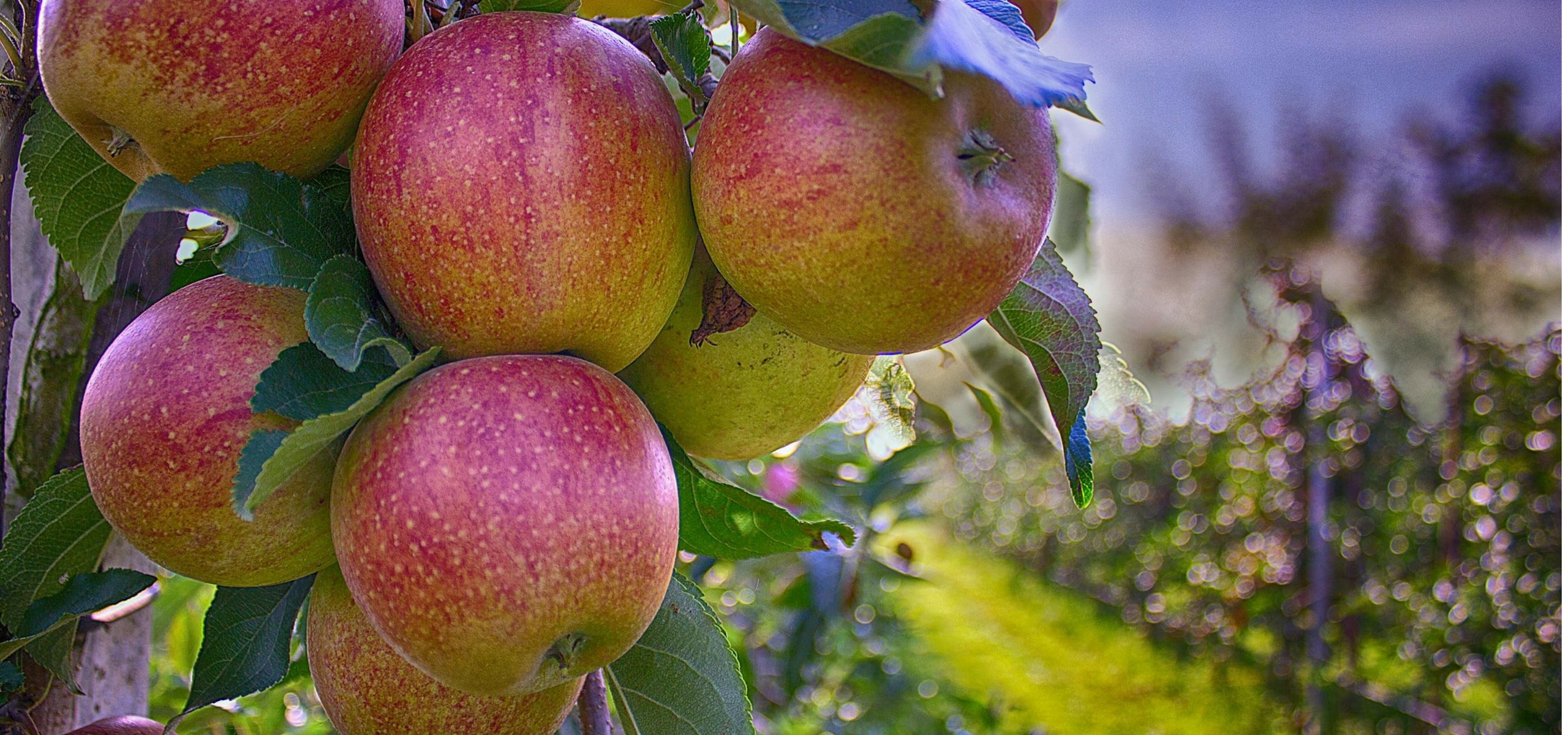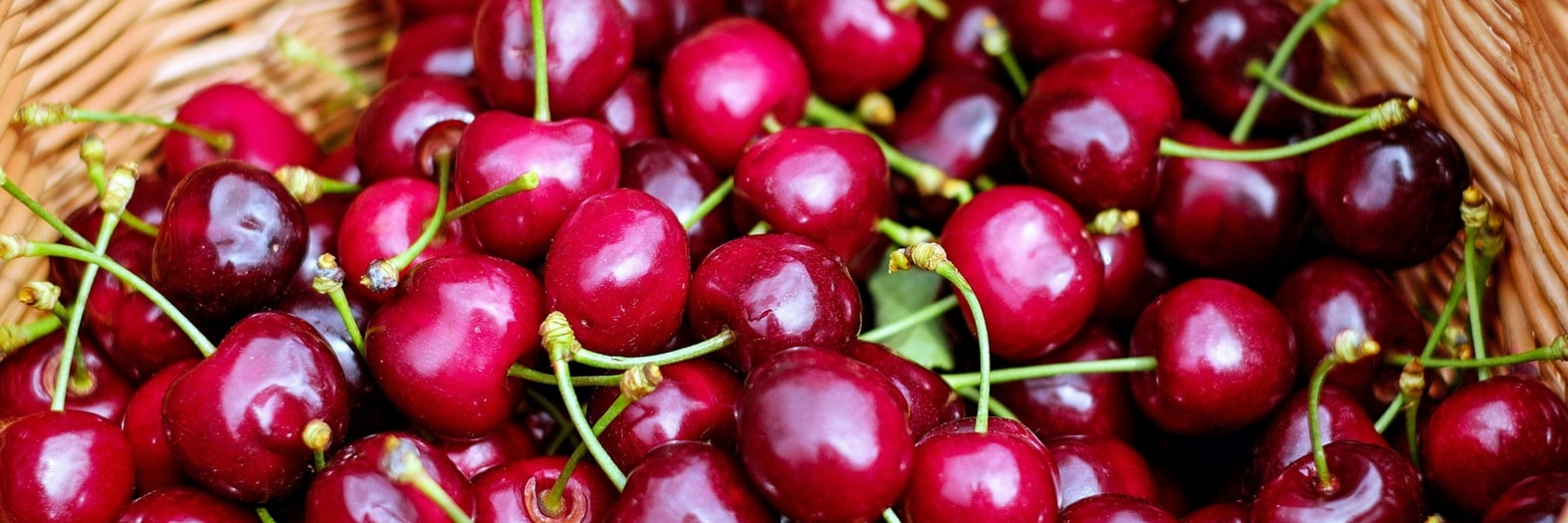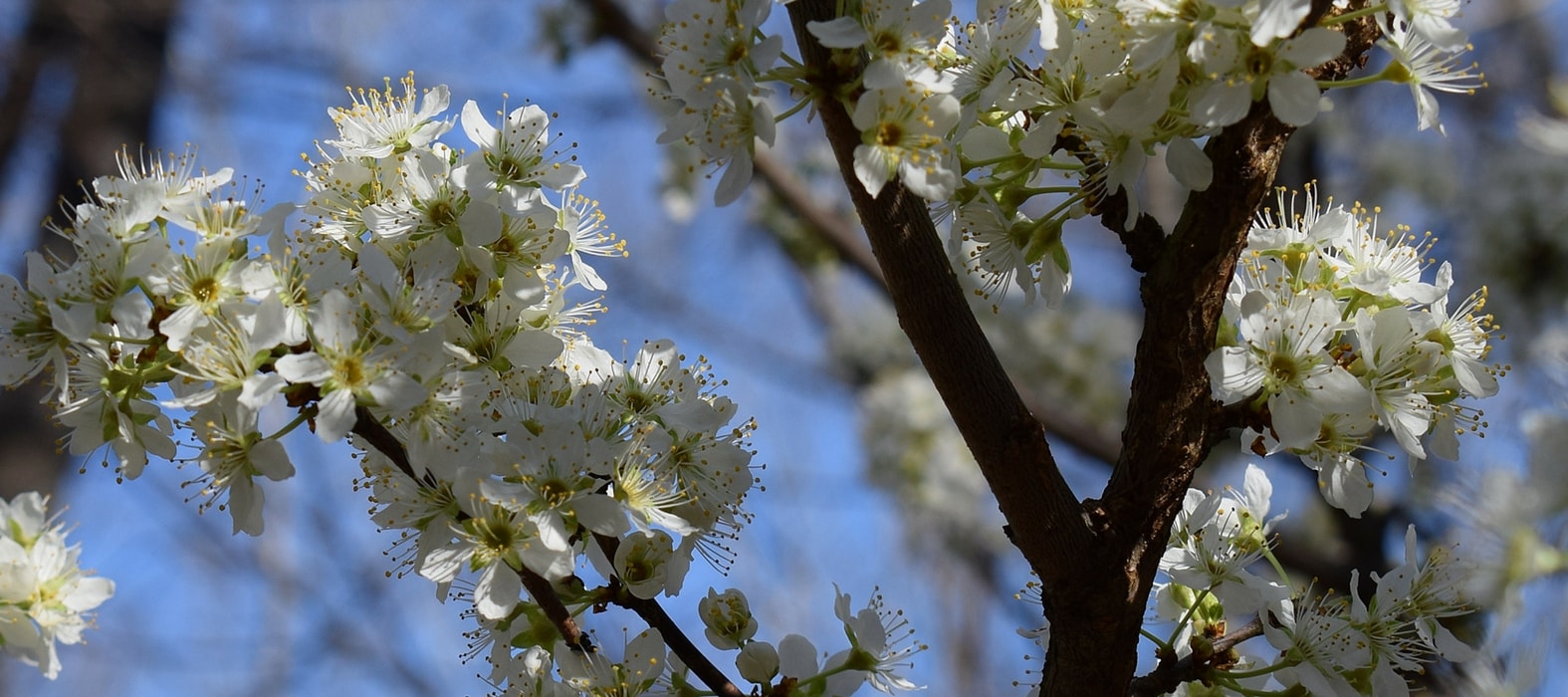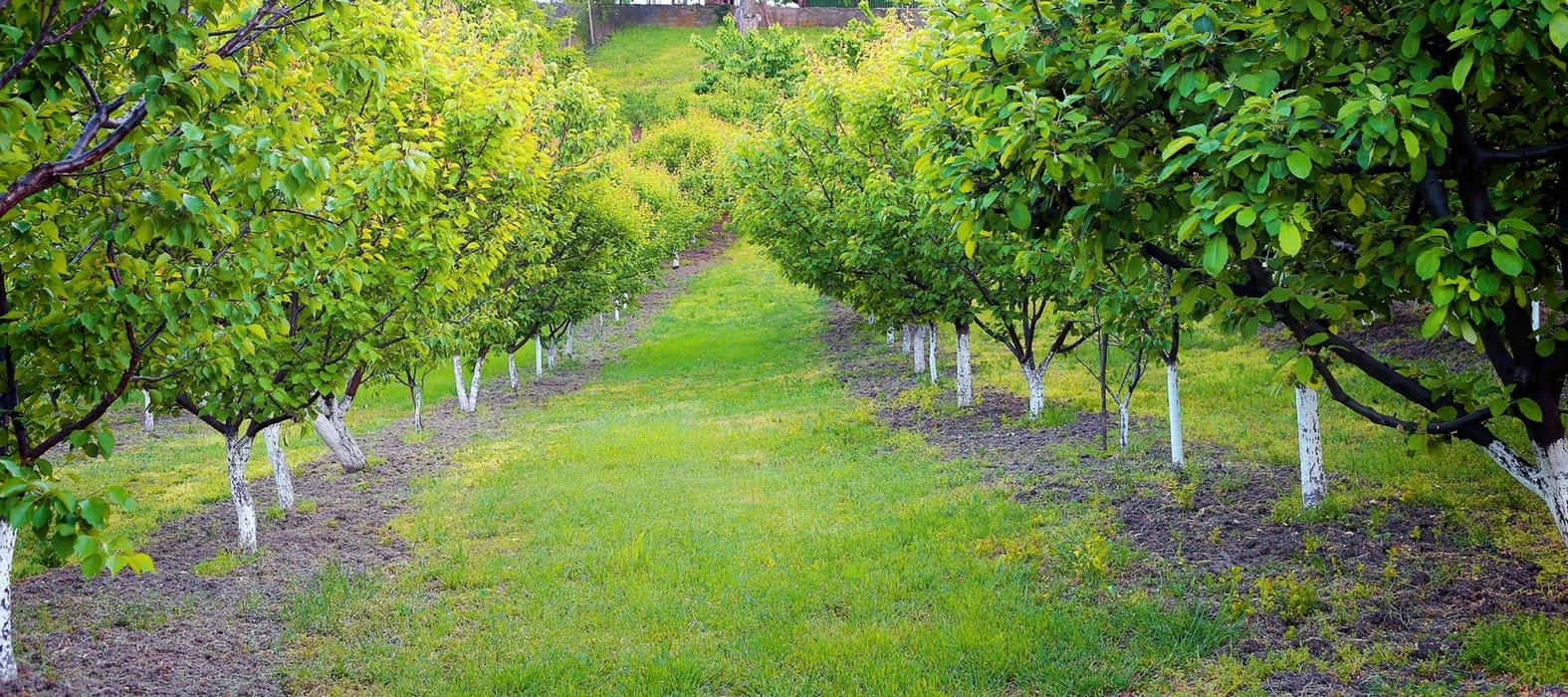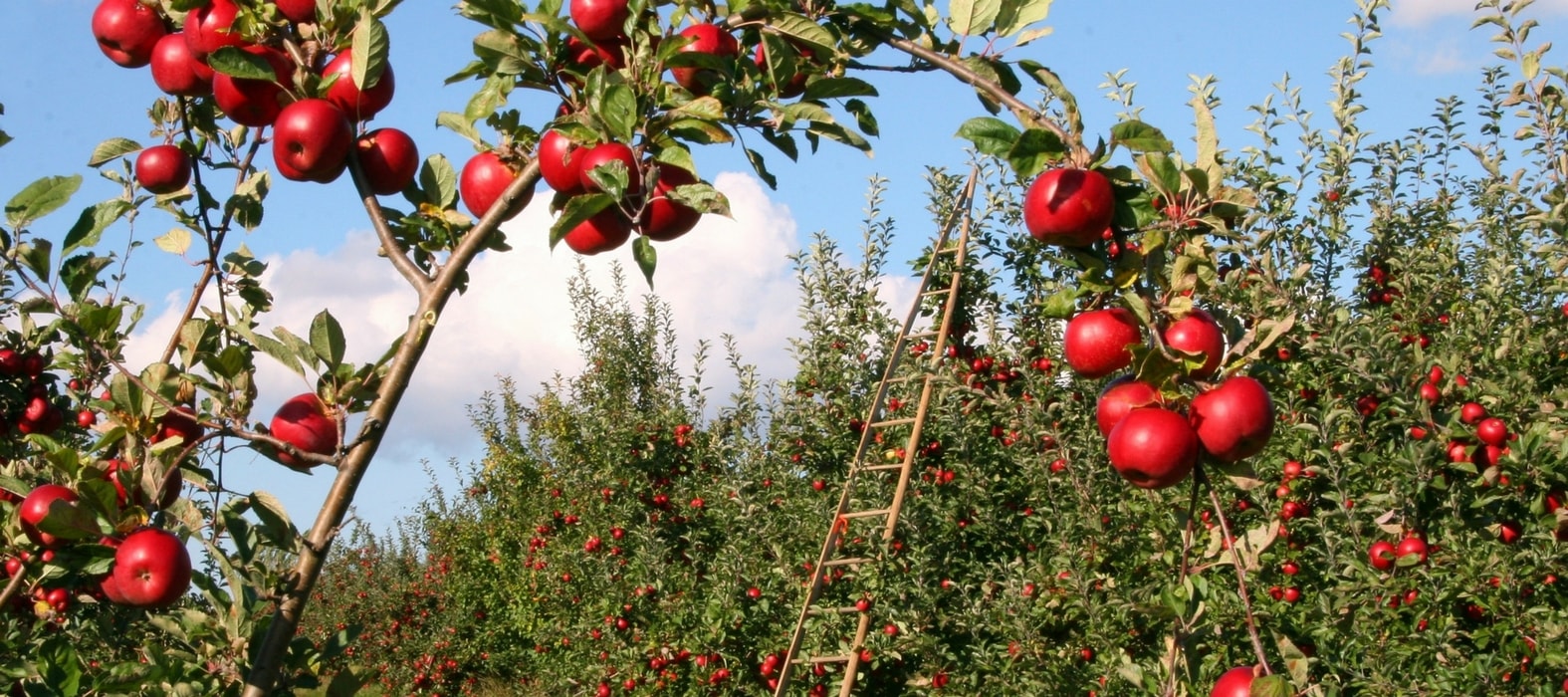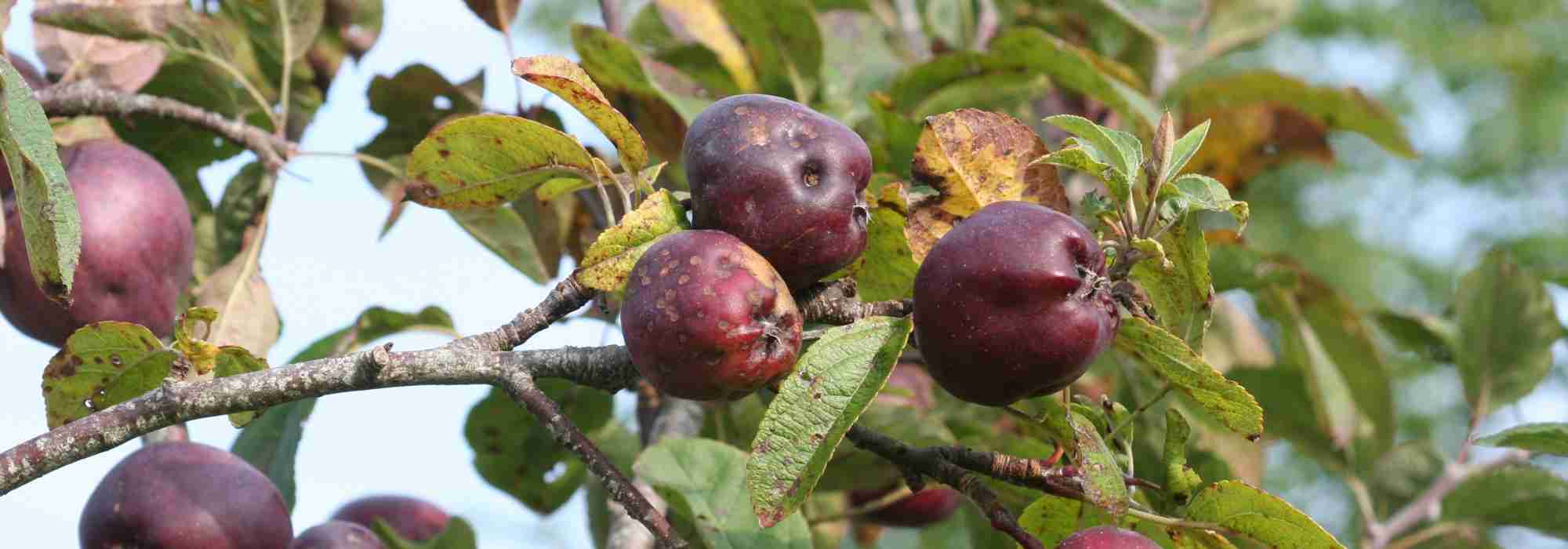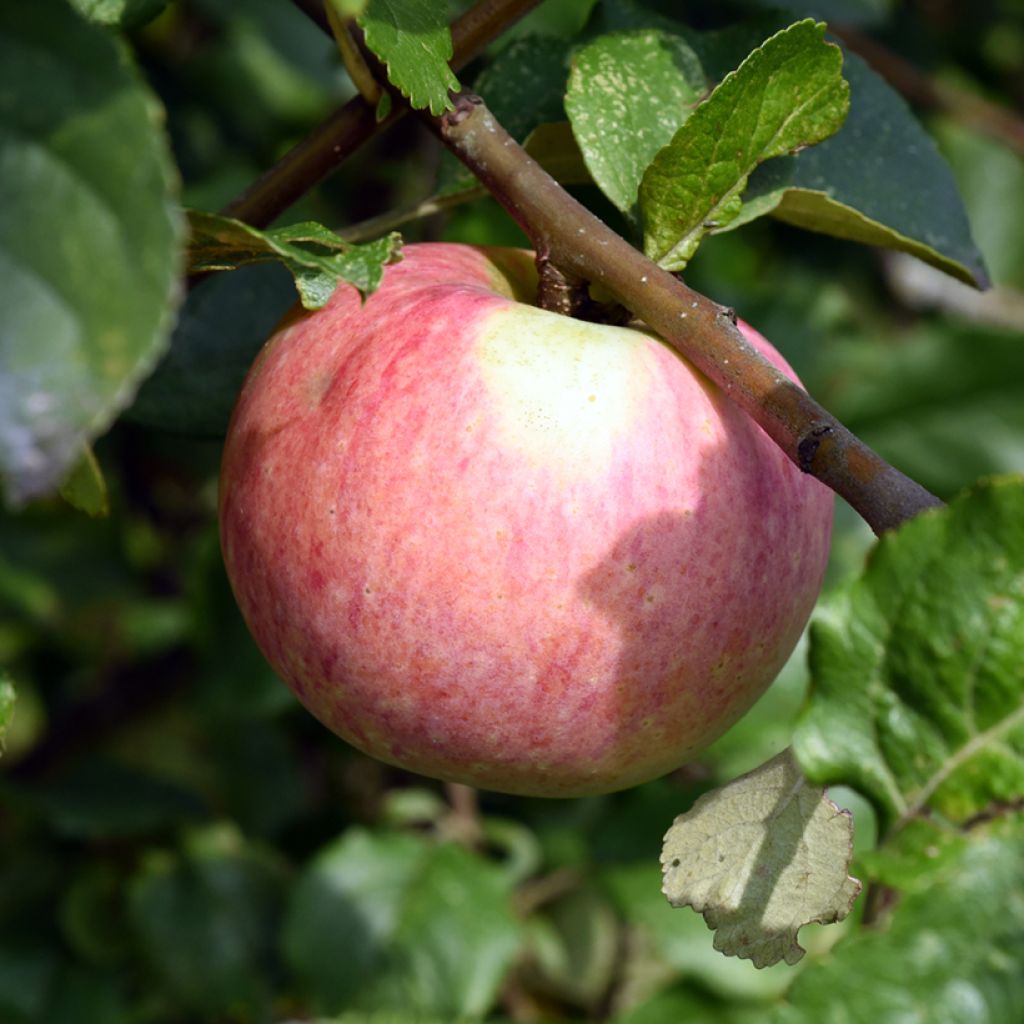

Apple Tree Truskawkowe Nietschnera - Malus domestica
Apple Tree Truskawkowe Nietschnera - Malus domestica
Malus domestica Truskawkowe Nietschnera
Apple
Special offer!
Receive a €20 voucher for any order over €90 (excluding delivery costs, credit notes, and plastic-free options)!
1- Add your favorite plants to your cart.
2- Once you have reached €90, confirm your order (you can even choose the delivery date!).
3- As soon as your order is shipped, you will receive an email containing your voucher code, valid for 3 months (90 days).
Your voucher is unique and can only be used once, for any order with a minimum value of €20, excluding delivery costs.
Can be combined with other current offers, non-divisible and non-refundable.
Why not try an alternative variety in stock?
View all →This plant carries a 6 months recovery warranty
More information
We guarantee the quality of our plants for a full growing cycle, and will replace at our expense any plant that fails to recover under normal climatic and planting conditions.
Description
The 'Truskawkowe Nietschnera' apple tree, sometimes nicknamed "Nietschner's strawberry apple tree", is an old Latvian variety known for its large, colourful, delicious, and aromatic apples. Valued for its flavour qualities, both as a dessert and for cooking, this variety is an excellent choice for family gardens. With its beautiful spring flowering and colourful fruits in late summer, the tree is as also decorative. Its productivity is good, but it is prone to alternate bearing. This self-sterile apple tree requires the presence of other varieties such as 'Reine des Reinettes' to ensure pollination. Its cold resistance is good but not exceptional: down to -20°C.
Malus domestica 'Truskawkowe Nietschnera' belongs to the Rosaceae family and originates from Latvia. This traditional cultivar was developed in the early 20th century. It is characterised by a spreading habit and reaches a mature height of 3 to 5 m, with a flat and wide crown. Its growth is moderate, and its fruiting begins after 5 to 6 years, with optimal production achieved 12 to 15 years after planting. This apple tree alternates between years of abundant production and years with fewer fruits. Its spring flowers are white with a subtle pink hue. They are medium-sized and attract numerous pollinating insects. In autumn, the leaves turn golden shades before falling. The fruits of the 'Truskawkowe Nietschnera' apple tree are large, flat, and slightly elliptical. Their skin is pale yellow with a soft, dark red blush, which becomes more intense in full sun. The flesh is white, juicy, and crisp, with a slightly winey and spicy flavour, highly appreciated as a dessert. The apples ripen in late September and can be stored until January. This apple tree produces fruits that are perfect for direct consumption, as well as for processing into juice, jams, and compotes.
Very popular thanks to its fruits, the apple tree finds its perfect place in the garden. Among a wide range of apple trees, it is easy to find the variety that best suits your preferences. Rich in carbohydrates and fructose, apples are tonic, energising, and hydrating. Their content of vitamins A, B, C, and E, minerals, antioxidants, and fibre makes apples a healthy choice.
Plant habit
Fruit
Flowering
Foliage
Botanical data
Malus
domestica
Truskawkowe Nietschnera
Rosaceae
Apple
Cultivar or hybrid
Other Apple trees
View all →Planting and care
Choose a sunny spot for your 'Truskawkowe Nietschnera' Apple Tree. The soil can be slightly chalky or acidic, but not excessively so. Dig a wide planting hole at least 3 times the size of the root ball. Add organic matter (compost, potting mix...) and a base fertiliser such as ground horn at the same time. Do not bury the graft union. Stake if necessary. For apple trees planted in isolation and exposed to strong winds, it may be beneficial to stake them using a guy-wire system: plant 3 stakes in a triangle 50 cm around the trunk, connect them with pieces of wood. Protect the bark with a piece of rubber, for example, and attach the stakes to the trunk with metal wires. Water generously, even in winter, even if it rains. Fruit trees are best planted between October and March, outside of frost periods. Plants supplied in containers can be planted all year round, except during periods of extreme heat or frost.
In winter, at the base of the tree and lightly incorporated into the surface of the soil, you can add a small spadeful of wood ash, rich in potash, to improve fruiting. Apple trees can be susceptible to various diseases and pests. To minimise risks, space trees sufficiently, plant mixed-species hedges, install nest boxes or insect hotels to attract beneficial insects. In short: encourage diversity. The main diseases affecting apple trees are scab (brown spots on the leaves), brown rot (withering of flowers and rotting of fruit on the tree) and powdery mildew (white felting on the leaves). For these three cases, preventive action is preferable by spraying horsetail decoction; as a last resort and during severe attacks, a curative treatment with Bordeaux mixture can be applied. As for pests, the codling moth (or fruit worm) is a small caterpillar, hatched from a butterfly's eggs, which burrows into the fruit. To remedy this, it is best to act preventively by encouraging the presence of birds and bats through the installation of nest boxes. In case of aphid infestation, spray a solution based on black soap.
During the harvest in September-October, only keep picked fruit. For optimal storage, it is advisable to place the apples with their stalk facing downwards, in crates or trays.
Apples should be stored in a cool, clean place, away from light, at a temperature of around 8 to 10°C, or in a cold room at 1 to 3°C. Apples release ethylene, a gas that promotes fruit ripening. To speed up the ripening of other fruits or vegetables, mix them with apples.
Planting period
Intended location
Care
Planting & care advice
This item has not been reviewed yet - be the first to leave a review about it.
Haven't found what you were looking for?
Hardiness is the lowest winter temperature a plant can endure without suffering serious damage or even dying. However, hardiness is affected by location (a sheltered area, such as a patio), protection (winter cover) and soil type (hardiness is improved by well-drained soil).

Photo Sharing Terms & Conditions
In order to encourage gardeners to interact and share their experiences, Promesse de fleurs offers various media enabling content to be uploaded onto its Site - in particular via the ‘Photo sharing’ module.
The User agrees to refrain from:
- Posting any content that is illegal, prejudicial, insulting, racist, inciteful to hatred, revisionist, contrary to public decency, that infringes on privacy or on the privacy rights of third parties, in particular the publicity rights of persons and goods, intellectual property rights, or the right to privacy.
- Submitting content on behalf of a third party;
- Impersonate the identity of a third party and/or publish any personal information about a third party;
In general, the User undertakes to refrain from any unethical behaviour.
All Content (in particular text, comments, files, images, photos, videos, creative works, etc.), which may be subject to property or intellectual property rights, image or other private rights, shall remain the property of the User, subject to the limited rights granted by the terms of the licence granted by Promesse de fleurs as stated below. Users are at liberty to publish or not to publish such Content on the Site, notably via the ‘Photo Sharing’ facility, and accept that this Content shall be made public and freely accessible, notably on the Internet.
Users further acknowledge, undertake to have ,and guarantee that they hold all necessary rights and permissions to publish such material on the Site, in particular with regard to the legislation in force pertaining to any privacy, property, intellectual property, image, or contractual rights, or rights of any other nature. By publishing such Content on the Site, Users acknowledge accepting full liability as publishers of the Content within the meaning of the law, and grant Promesse de fleurs, free of charge, an inclusive, worldwide licence for the said Content for the entire duration of its publication, including all reproduction, representation, up/downloading, displaying, performing, transmission, and storage rights.
Users also grant permission for their name to be linked to the Content and accept that this link may not always be made available.
By engaging in posting material, Users consent to their Content becoming automatically accessible on the Internet, in particular on other sites and/or blogs and/or web pages of the Promesse de fleurs site, including in particular social pages and the Promesse de fleurs catalogue.
Users may secure the removal of entrusted content free of charge by issuing a simple request via our contact form.
The flowering period indicated on our website applies to countries and regions located in USDA zone 8 (France, the United Kingdom, Ireland, the Netherlands, etc.)
It will vary according to where you live:
- In zones 9 to 10 (Italy, Spain, Greece, etc.), flowering will occur about 2 to 4 weeks earlier.
- In zones 6 to 7 (Germany, Poland, Slovenia, and lower mountainous regions), flowering will be delayed by 2 to 3 weeks.
- In zone 5 (Central Europe, Scandinavia), blooming will be delayed by 3 to 5 weeks.
In temperate climates, pruning of spring-flowering shrubs (forsythia, spireas, etc.) should be done just after flowering.
Pruning of summer-flowering shrubs (Indian Lilac, Perovskia, etc.) can be done in winter or spring.
In cold regions as well as with frost-sensitive plants, avoid pruning too early when severe frosts may still occur.
The planting period indicated on our website applies to countries and regions located in USDA zone 8 (France, United Kingdom, Ireland, Netherlands).
It will vary according to where you live:
- In Mediterranean zones (Marseille, Madrid, Milan, etc.), autumn and winter are the best planting periods.
- In continental zones (Strasbourg, Munich, Vienna, etc.), delay planting by 2 to 3 weeks in spring and bring it forward by 2 to 4 weeks in autumn.
- In mountainous regions (the Alps, Pyrenees, Carpathians, etc.), it is best to plant in late spring (May-June) or late summer (August-September).
The harvesting period indicated on our website applies to countries and regions in USDA zone 8 (France, England, Ireland, the Netherlands).
In colder areas (Scandinavia, Poland, Austria...) fruit and vegetable harvests are likely to be delayed by 3-4 weeks.
In warmer areas (Italy, Spain, Greece, etc.), harvesting will probably take place earlier, depending on weather conditions.
The sowing periods indicated on our website apply to countries and regions within USDA Zone 8 (France, UK, Ireland, Netherlands).
In colder areas (Scandinavia, Poland, Austria...), delay any outdoor sowing by 3-4 weeks, or sow under glass.
In warmer climes (Italy, Spain, Greece, etc.), bring outdoor sowing forward by a few weeks.






























